A World Without Honeybees: Exploring the Impacts of Their Disappearance
Just how crucial are honeybees to our food supply? According to the USDA (United States Department of Agriculture), if the honeybee disappears from the earth how would this affect us? Honeybees pollinate nearly 80% of the flowering crops in our country which is about 1/3 of everything Americans eat. Losing these under-appreciated workers would not just affect our dietary staples such as nuts, asparagus, cucumbers, broccoli, apples, blueberries, and strawberries, but it also could threaten our dairy and beef industries if alfalfa isn't available for their feed.
Many other plants are completely dependent on them such as mustard and cotton plants. The honeybee really has an incalculable value as a worker of cross-pollination. One recent study estimated that honeybees pollinate about $14 billion worth of seeds and crops in America each year. This means that if the honeybee disappears from the earth that most of our insect pollinated plants would disappear with them. This would drastically reduce our food supply. In other words, if honeybees disappear from the earth, it would be very devastating to plants and humans.
The following is a quote that has been attributed to the world renowned physicist, Albert Einstein, "If the bee disappears from the surface of the earth, man would have no more than four years to live." Now, that is one quote that makes you think about how important bees really are to us, doesn't it? Unfortunately, all kinds of bees are in peril today.
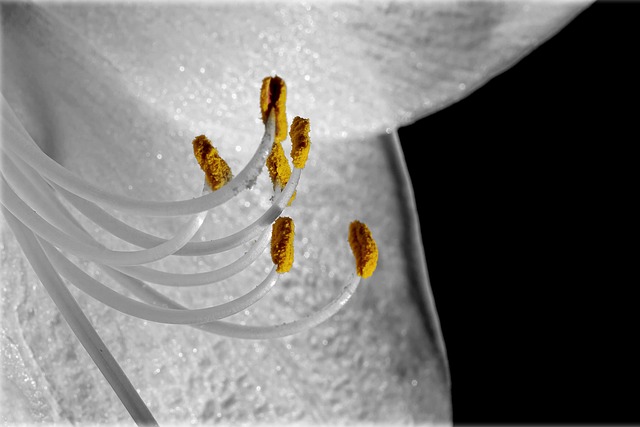
Colony Collapse Disorder - What Exactly Does it Mean?
Colony Collapse Disorder (CCD) is the state in which worker honeybees from beehives or colonies abruptly disappear and this phenomenon was given this name in late 2006. It is also referred to as honey bee depopulation syndrome. Actually, in the early 1980s, beekeepers in the U.S. began noticing that parasitic mites were starting to devastate their honeybee colonies. Bee disappearances have occurred from time-to-time throughout the history of beekeeping, but the recent decline in bee population is more severe.
CCD has become a very serious problem that is harming the health of honeybees around the world. It also affects commercial beekeeping and other pollination operations. Although, there are quite of few claims in the scientific community about what causes CCD, researchers have not been able to identify or name a specific cause.
The fact is, our honeybee population has declined by 50% over the last fifty years. In the early 1970s, researchers noticed that even the number of wild (feral) bee colonies were in decline. In the winter of 2008, the U.S. estimated that nearly 36% of its 2.4 million beehives were lost because of this disorder.
This was about 11% more compared to levels in 2007, and more importantly, it was about 40% more than what had occurred in 2006! During 2010 and 2011, beekeepers lost nearly 30% of their bee colonies. This does not bode well for the future of honeybees. Obviously, changes need to be made.
The Ontario Beekeepers Association has recorded an up 70% over wintering loss in the year of 2018 here in Ontario in a survey sent out to members.
The scary part of all of this to me is, whats killing them is more than likely killing us as well. My property does not have any pesticide use, however the surrounding farmer constantly sprays is his crops to excess.
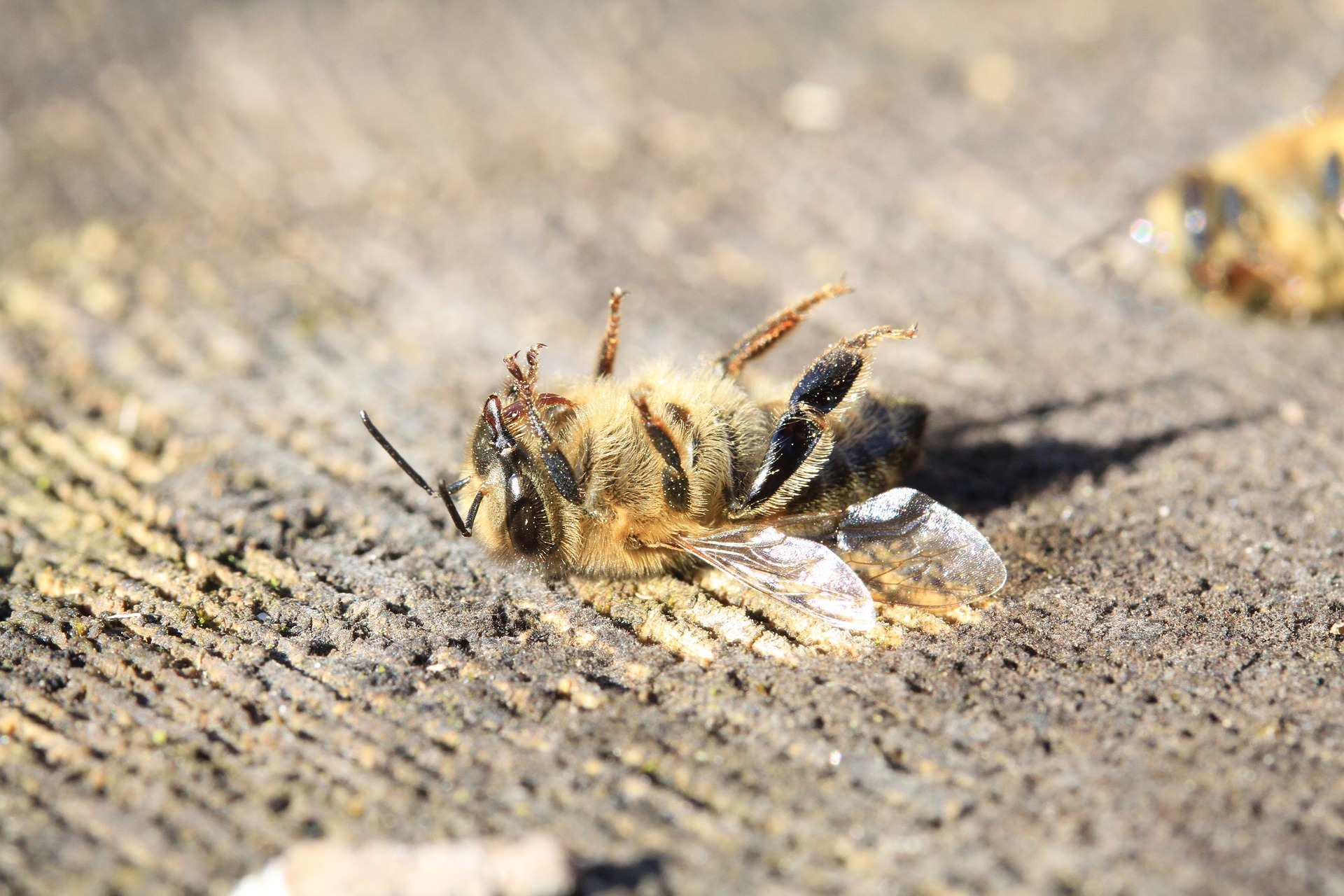
Pesticides, Insecticides and Fungicides
Mankind's intense agricultural practices have greatly affected the pollination practices of bees within the United States. The increased usage of pesticides has not only reduced honeybee colonies, but other bee colonies, too. These facts have made it necessary for many farmers to rent honey bees from beekeepers so their crops can be pollinated. Even wild plants and butterflies have been harmed by pesticides.
There are many disagreements on what exactly is causing this disorder. However, a 2012 study was able to show a direct link between Colony Collapse Disorder and neonicotinoids, which are a class of insecticides. Fungicides are also suspected to be a cause of CCD. USDA research has recently discovered an increased likelihood of honeybees getting infected by a gut pathogen called Nosema ceranae, when they are exposed to significant levels of fungicides.
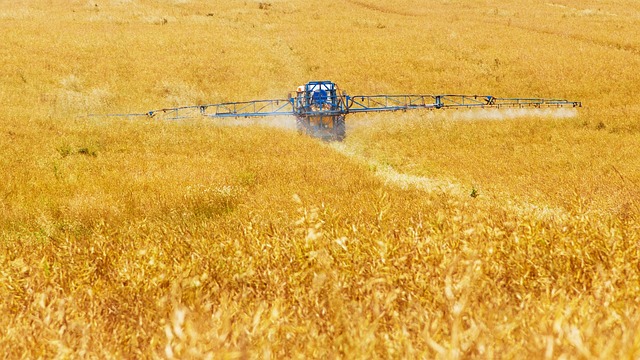
What is Being Done to Stop Colony Collapse Disorder?
The Agricultural Research Service is the USDA's internal research department, and it's conducting studies as to the possible causes of CCD. They are also working to improve the overall health of honeybees by improving standard beekeeping practices, as well as how to better control the diseases and pests that harm bees.
Furthermore, many other State agencies of agriculture, universities/colleges, and private companies have been conducting their own research to discover the cause or causes of colony collapse disorder.
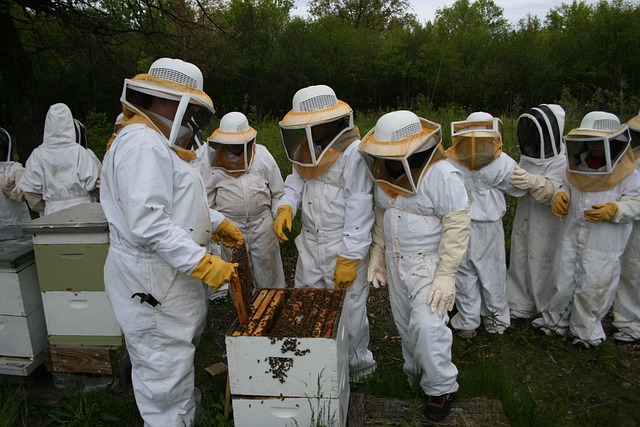
How You Can Help Bees & Help Yourself !
Today, many homeowners think that clover flowers and dandelions are weeds. They believe that their lawns should only be grass, so they use pesticides to get rid of them. When grass is treated with toxic pesticides it makes the lawn or garden environment very hostile to bees and butterflies.
So, instead of using harmful pesticides and weed killers on your lawn, try using some environmentally-friendly weed killers that are sold in most gardening stores. You can even make your own because there are lots of simple-to-make weed killer recipes which you can easily find online.
One more thing, if you need to get rid of some annoying insects or bugs in your garden, think about using some natural pesticides such as garlic spray or you could even buy some ladybugs. If we all try to do our bit, it will definitely help all kinds of bees, especially the honeybee.
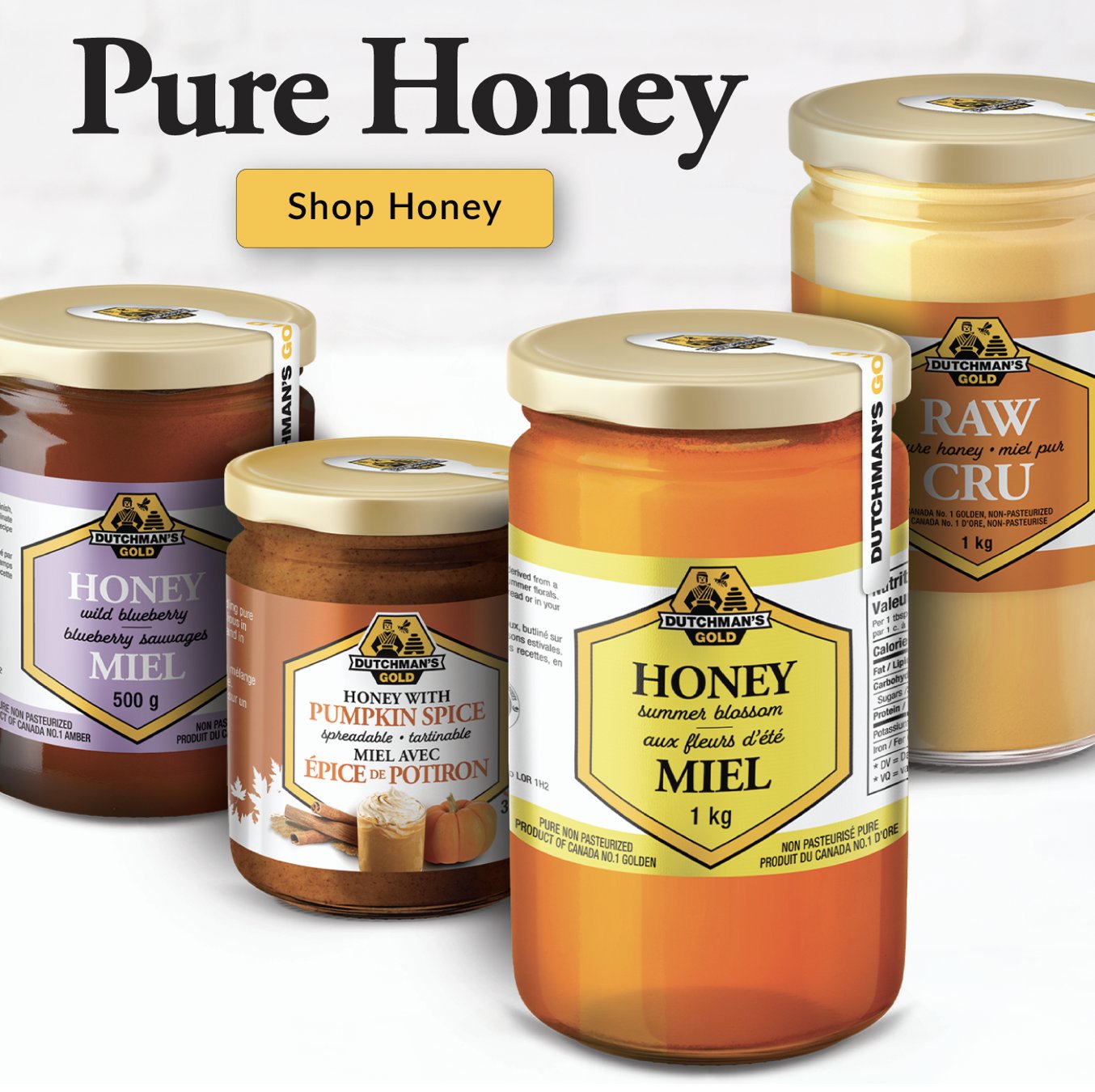

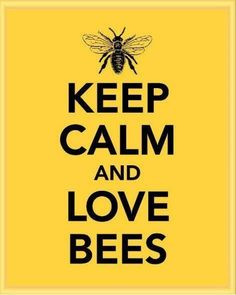
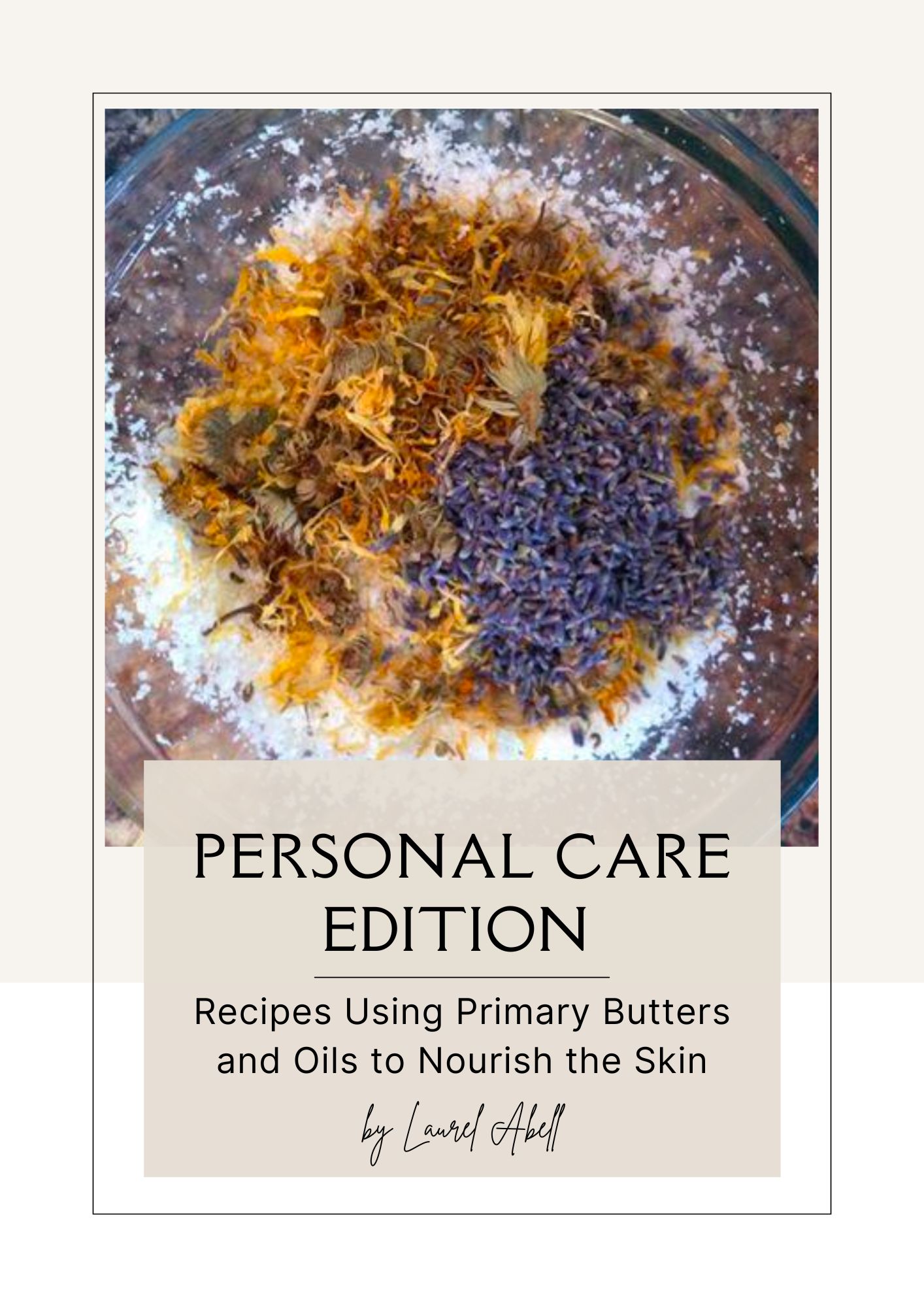
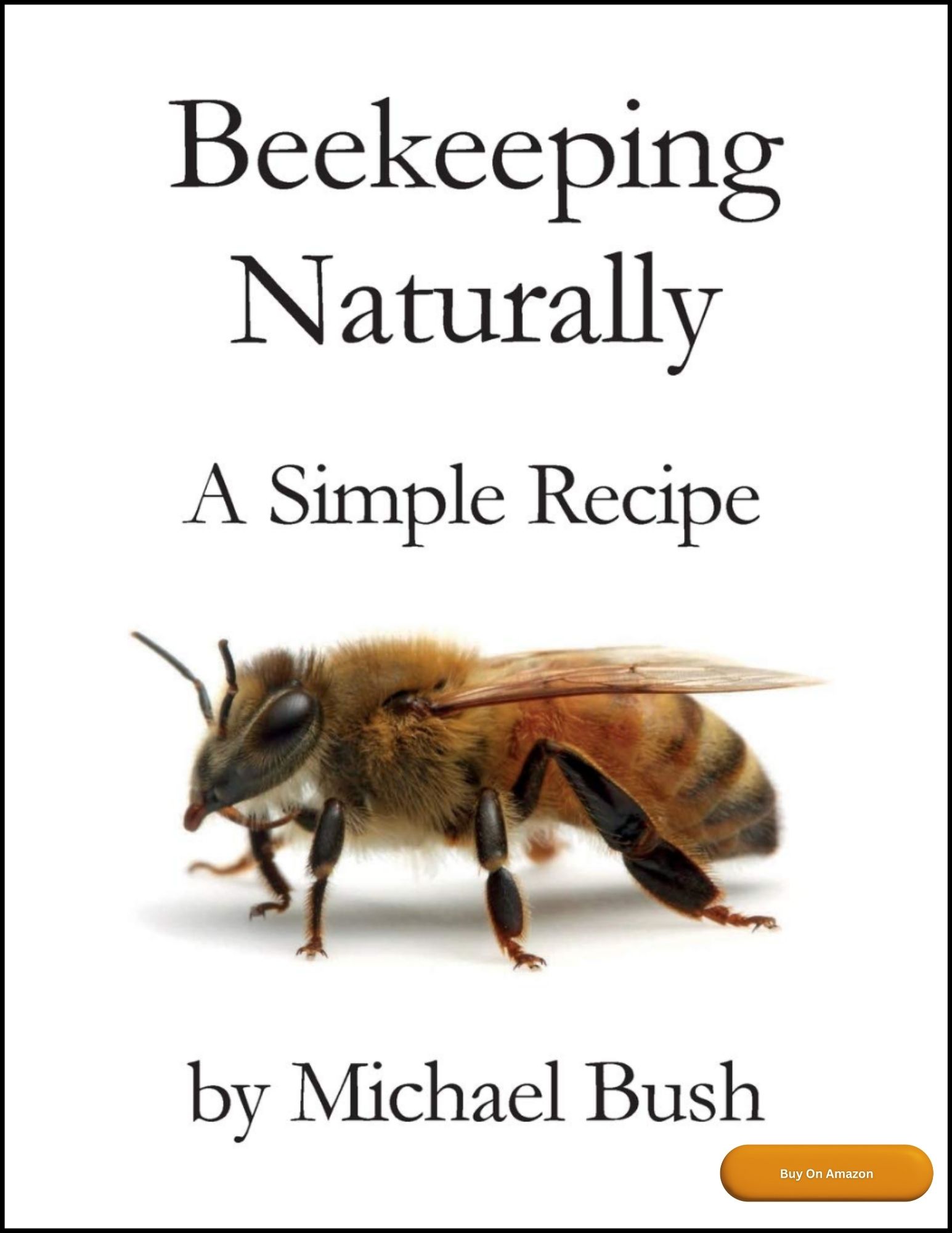
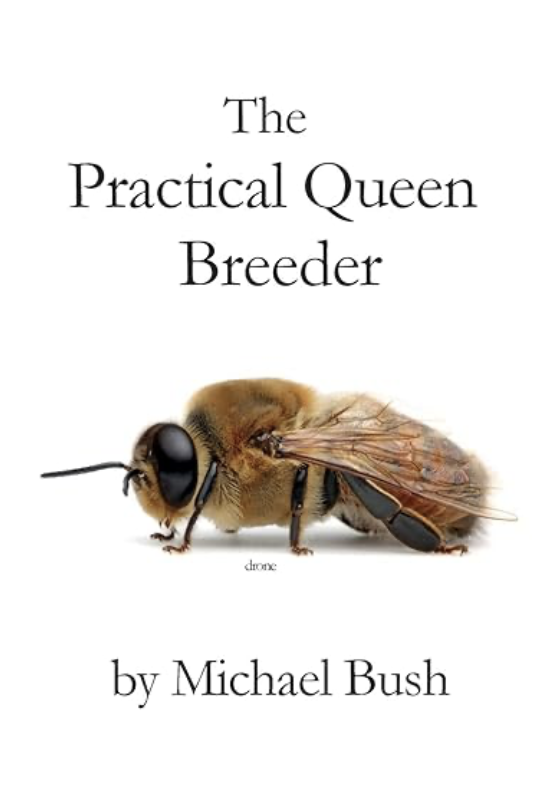
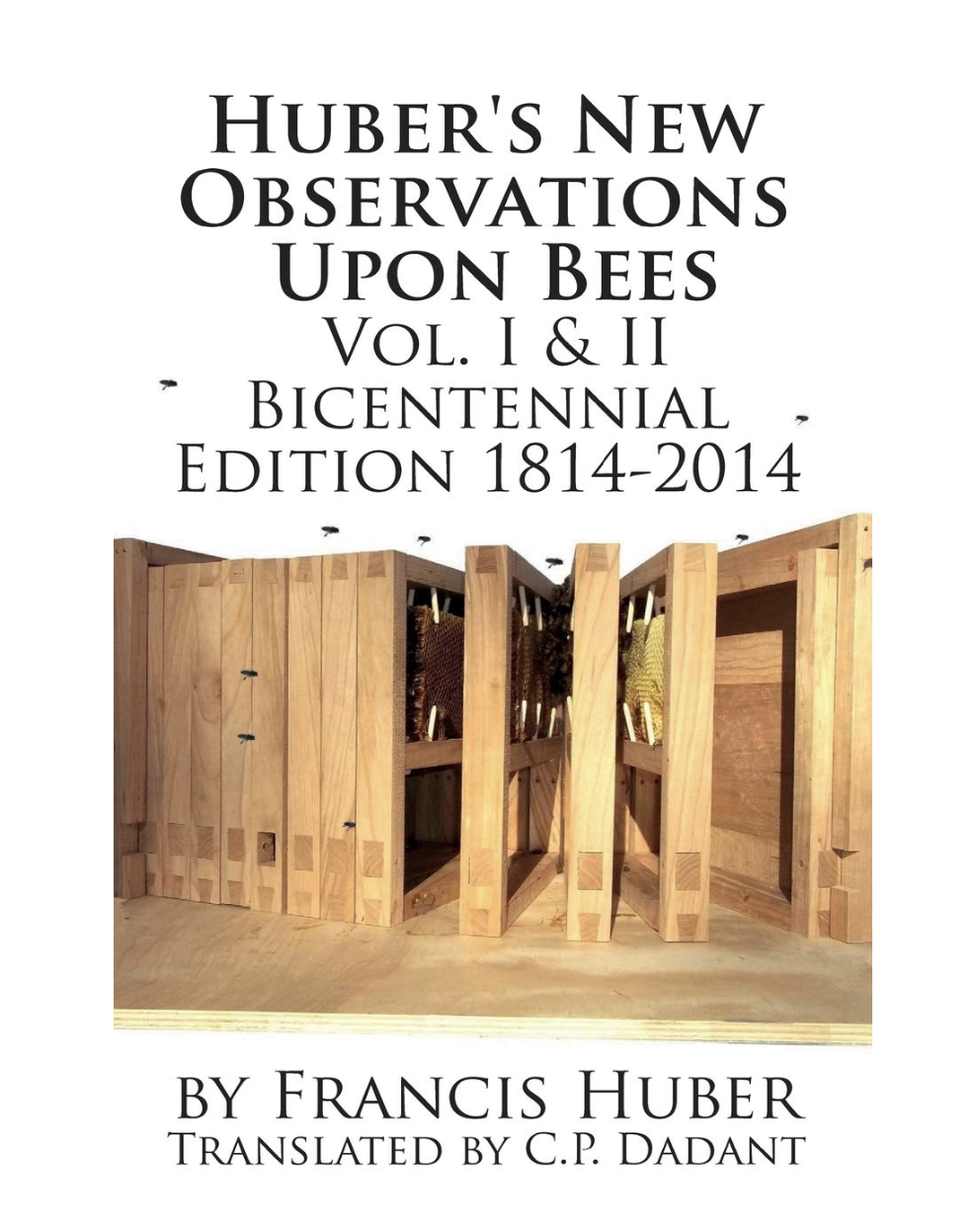
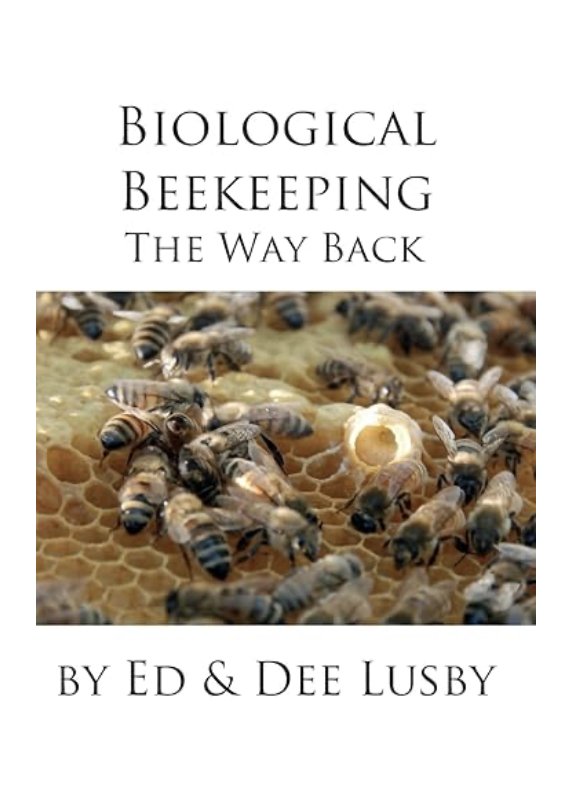

New! Comments
Have your say about what you just read! Leave me a comment in the box below.